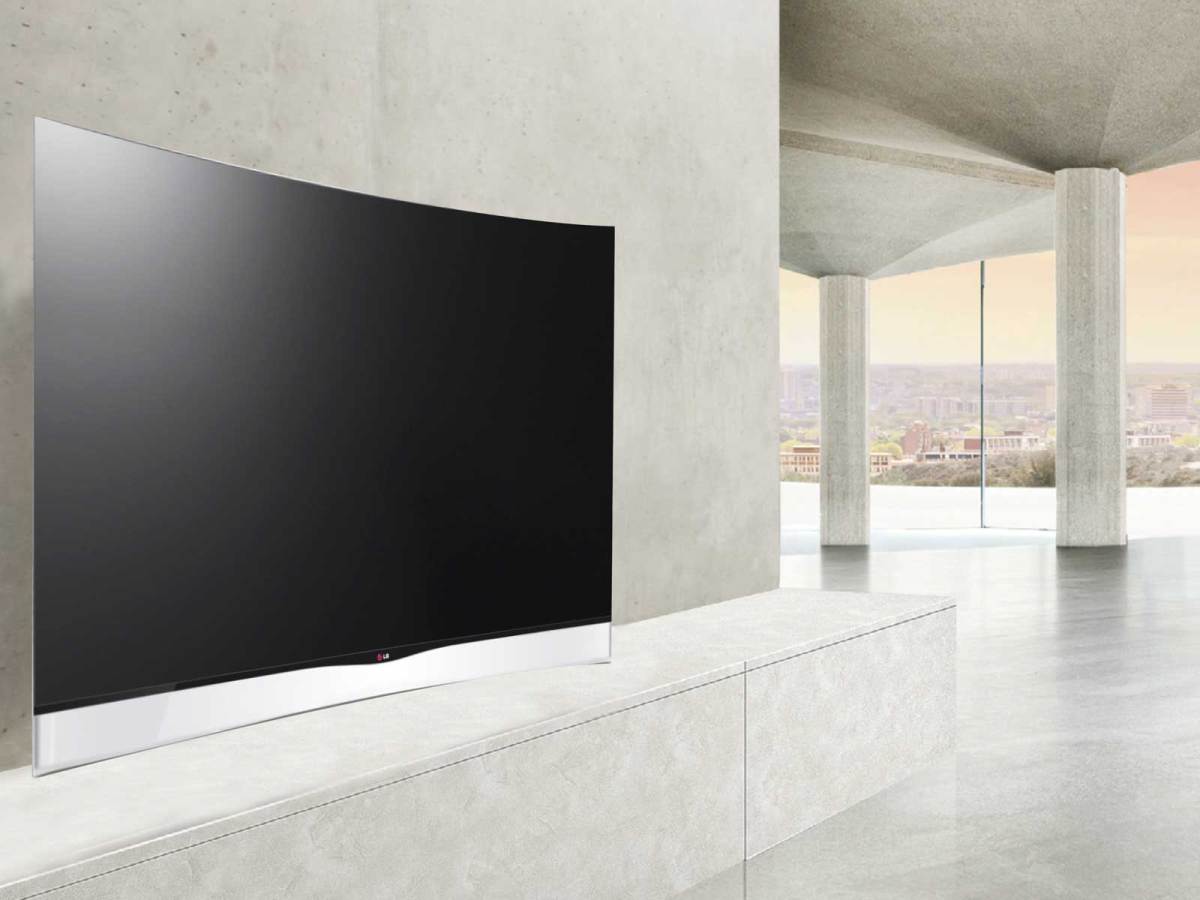Average sales prices for TVs in Australia hit their highest mark since mid-to-late 2010 during the three months to 30 June 2014 as customers flocked to enormous sizes, Curved and Ultra HD panels. This led to the value of the market continuing to surge, despite the 2014 FIFA World Cup proving to be a dud at encouraging sales, according to GfK’s latest Temax report.
Overall, the consumer electronics category, of which TVs is by far the largest subsection, was worth $681 million for the second quarter of calendar 2014, bringing its total value for the first half of the year to $1.37 billion. Despite the TV market’s strong performance, the whole CE category declined 6.8 per cent compared to the year-ago half, with a slowdown in headphone sales a contributing factor.
“The value of the TV market continued its recovery in quarter 2. A slew of new ranges were released that were heavily focused on super-large screens, with a wide range of Ultra HD and 4K models (and a few curved) seeing strong initial sales,” reported GfK.
“This continued shift towards premium TVs fuelled an overall average price increase. The average price for TVs reached its highest quarterly figure since quarter 3, 2010.”
Price and margin erosion in the TV category has been a major bug-bear for retailers, with many blaming the shift from a value strategy to a volume strategy for an overall slump in consumer electronics. At the height of this phenomenon, retailers such as WOW! Sight & Sound, Clive Peeters and Retravision collapsed, though in all three cases there were other major factors, such as unsustainable expansion, thievery and poor economies of scale.
Although Australia is a country obsessed with sport and professional competitions traditionally rate very highly on TV, GfK data reveals that the 2014 FIFA World Cup, won by Germany in Brazil, failed to create a rush to purchase new TVs.
“Interestingly, the impact of the FIFA World Cup – usually an event that generates an uplift in large-screen TV sales – was minimal this year. The significant time difference between Australia and Brazil may have been a factor, but the general dominance of large-screen TV sales in the past year or two would also impact on the ability of the industry to generate incremental sales.”
This doesn’t auger well for the next major international sporting event, the 2016 Summer Olympics, as this event is also being held in Brazil. Time difference difficulties will ease somewhat for the 2018 FIFA World Cup in Russia. A big boost, however, will come in 2020, when the Summer Olympics is hosted in Tokyo, which is only one hour behind Australia’s east coast.
Meanwhile, after several quarters as a star performer, headphones have taken it hit and signs of maturity are starting to emanate from the category made famous by Beats.
“One of the stronger performing segments in recent times has been headphones,” GfK reported. “This dynamic segment experienced a significant slow-down in growth in quarter 2, partly due to the plateauing of attachment categories such as smartphones and tablets.
“A year-on-year decline in the number of models available for sale, after several quarters of strong growth, provides further evidence of a maturing category.”
There could be some succour in this segment soon as Apple will be unveiling its new iPhone on 9 September 2014, just days after Samsung reveals the Note 4 at an Unpacked event timed to coincide with IFA in Berlin.

